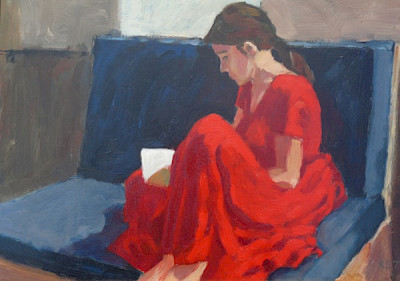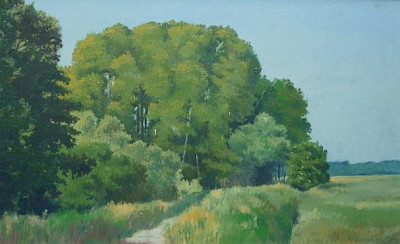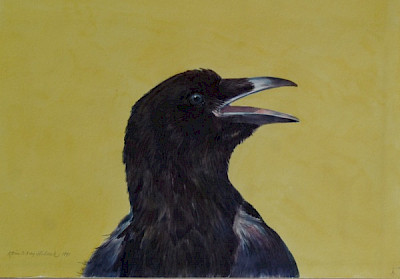Early Work
Here are some early attempts at pictorial truth. After leaving the academy I did all my landscape painting in the field, usually finishing work in a single session in emulation of my old mentor Evert Musch (1918–2008): one oil in the morning, another in the afternoon, and sometimes, while the spirit was in me, a third. Working in situ limits possibilities, as did the square hog's hair brushes I struggled with while trying to summarize the motif before the light changed completely.
As my paintings became bigger the sessions grew longer, and the number of works produced dropped. Paintings became a synthesis of the progression of time and shifting effects, and less an impression of a moment in time. All were calm, rather straightforward rural landscapes, with simple pictorial devices aimed at capturing space and mood. Seeing them now evokes good memories and a pull at the heart, because few of these places are as I painted them, and some have disappeared altogether.
After some years I wanted new horizons and a different approach to landscape. Winters in Holland are seldom harsh, snowfall a rarity. To escape the dull winters I went north, to Scandinavia, seeking wilder areas deep in snow, inspired as I was by the work of Nordic painters like the Swedes Bruno Liljefores (1860–1939), Axel Sjöberg (1866–1950), Gustav Fjaestad (1868–1948) and Finnish artist Lennart Segestrahle (1892–1975).
During long winter sojourns I could explore the mystery of the crepuscular hours, when light is but a glimmer behind the horizon, and the shadows contain much that can only be guessed at.












